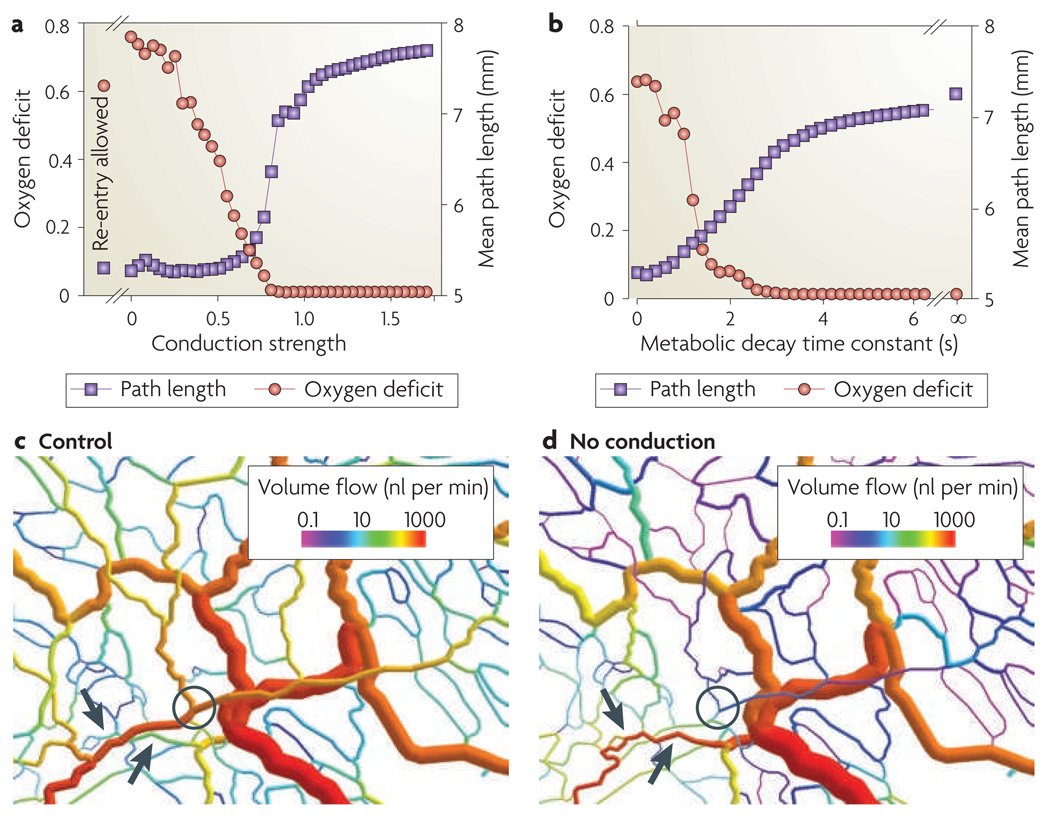Figure 5. Effects of altered information transfer on predicted network function.
a | The effect of altered upstream information transfer. Conduction strength is given as the relative sensitivity of diameter adaptation to upstream conducted response signals. The oxygen deficit is the length of the vessels that are depleted of oxygen as a fraction of the total vessel length. The mean path length is the flow-weighted mean of all blood flow pathway lengths in the network. Low mean path length values indicate the presence of functional shunting. As conduction strength decreases, so mean path length decreases and the oxygen deficit increases, showing that effective information transfer in the upstream direction, without re-entry of upstream signals, is necessary to avoid functional shunting and an oxygen deficit. Points labelled ‘Re-entry allowed’ are the results obtained when conduction strength equals 1 and re-entry of upstream signal into distal vessels is allowed. b | The effect of altered downstream information transfer. The metabolic decay time constant is the time constant in seconds (s) for the decay or uptake of those metabolites that are responsible for downstream information transfer. As the decay time constant decreases, so mean path length decreases and the oxygen deficit increases, showing that information transfer in the downstream direction is required to avoid functional shunting. c | The distribution of volume flows in a network with normal upstream conducted responses. Arrows show short arterio-venous connections with low flow rates and that do not form functional shunts. The circle indicates that the main arteriole supplying the distal region to the right has a high flow rate. d | The distribution of volume flows in the network in the absence of upstream conducted responses, showing shrinkage and low flow in the main arteriole (circle) supplying the distal region to the right and the enlargement of previously very small capillary segments into a high-flow functional shunt (arrows).

